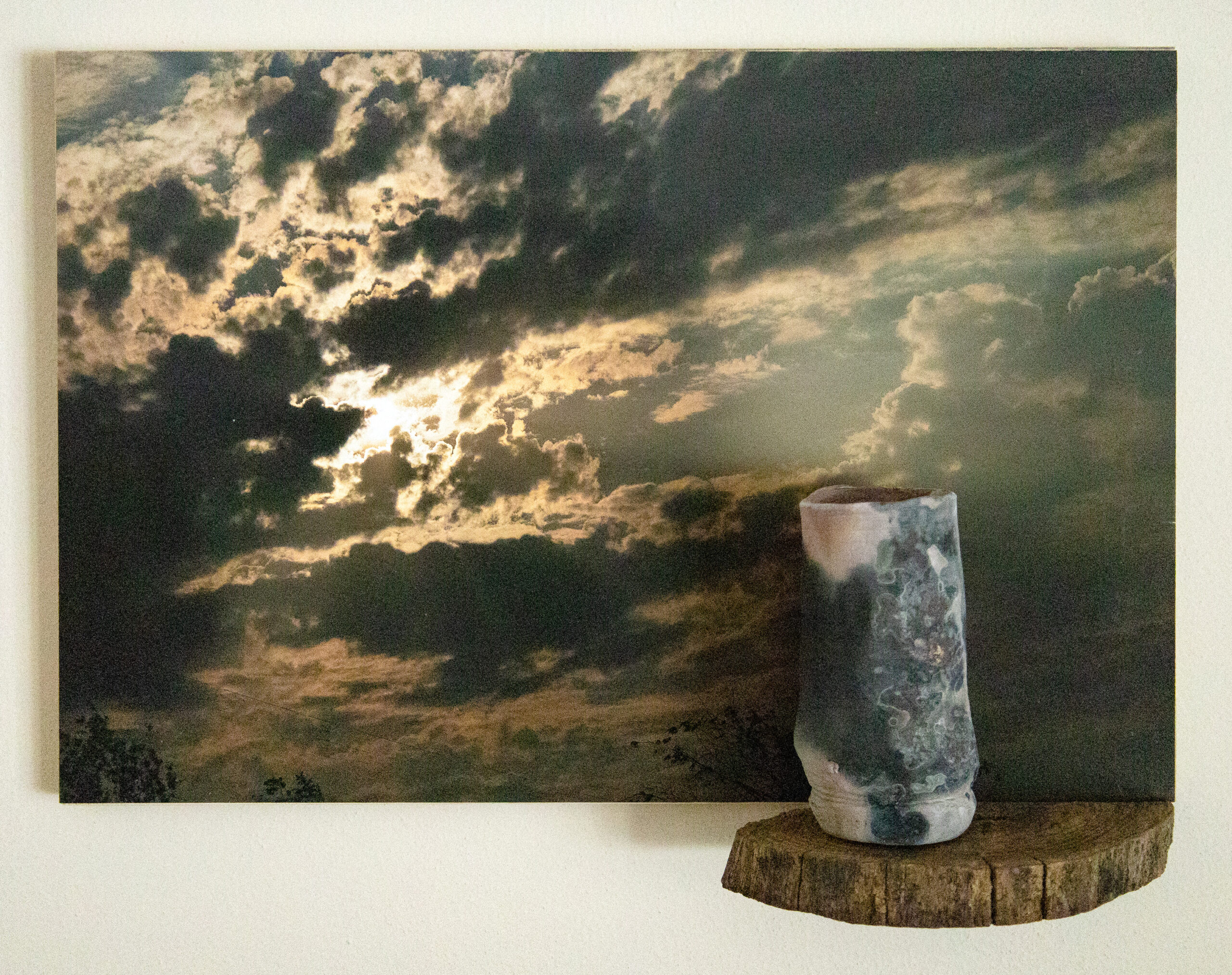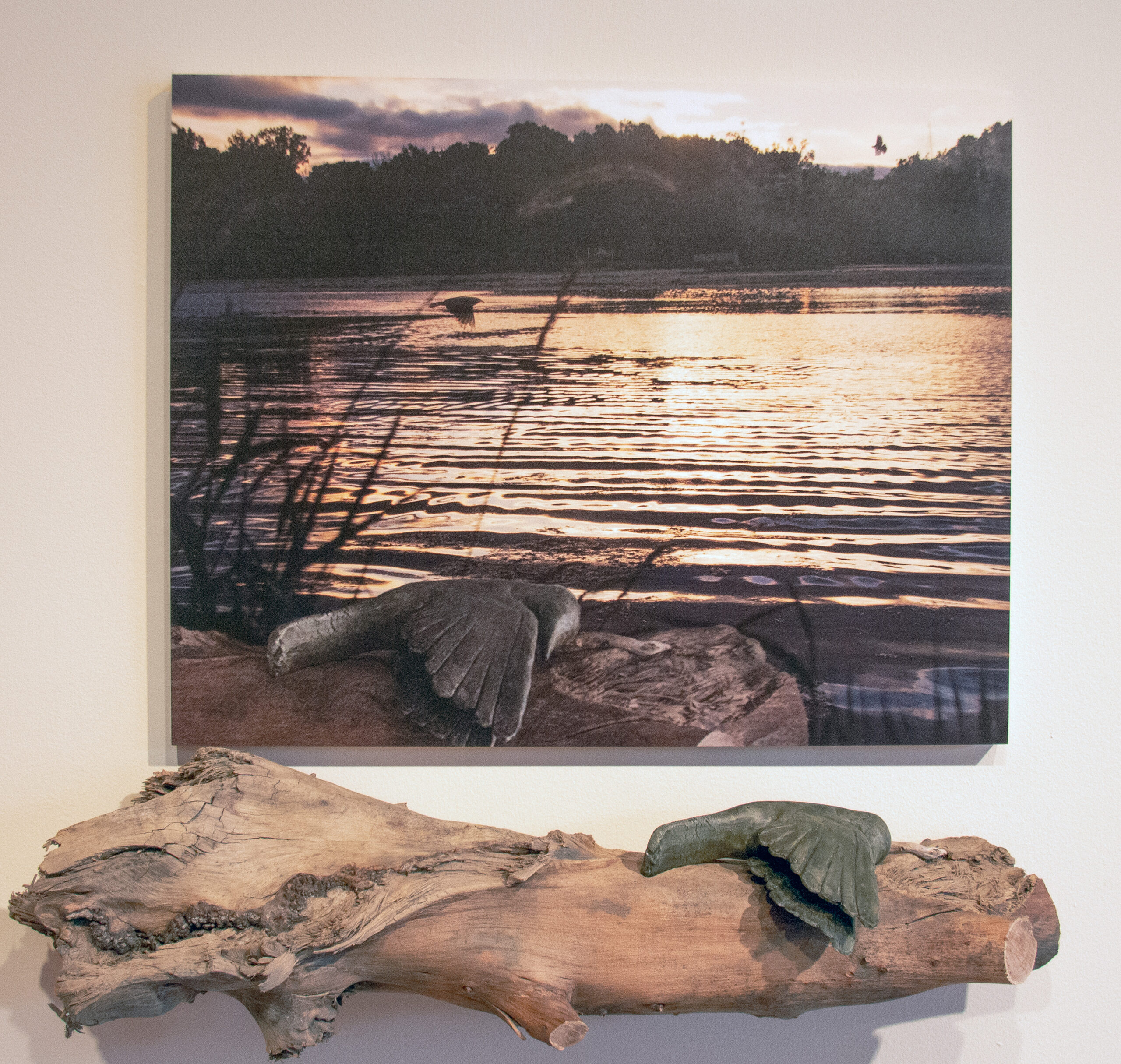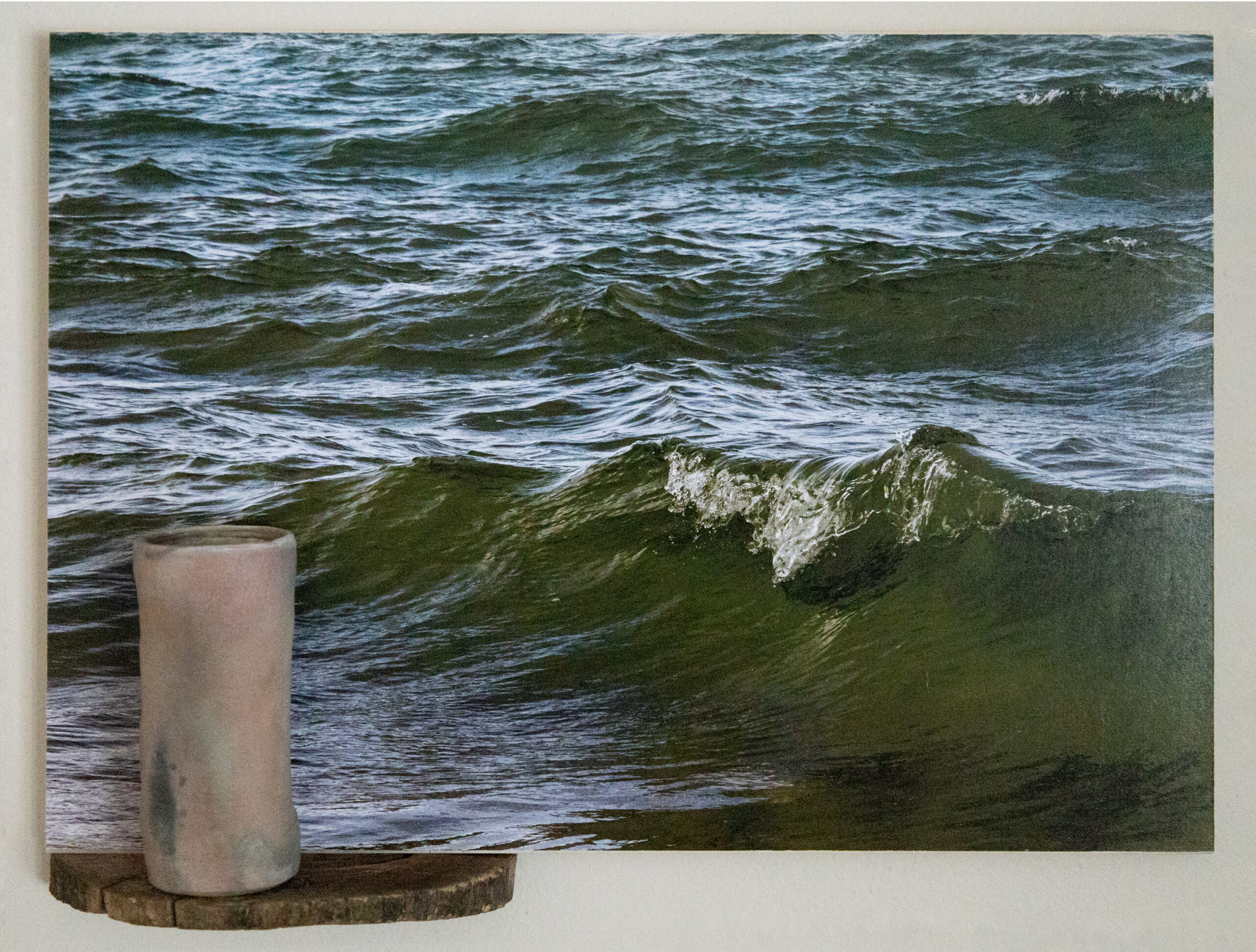“When it’s for myself, the work I do in the studio is a combination of inkjet images behind a sculptural piece. And the sculptural piece, in the last decade or so, has included some wood and some plywood. The ones with the small vessel in front are the most recent.
A lot of what I’ve worked on was making those two parts of the piece feel like they work together.
One of the things that shaped my artwork was when Eyedart [Creative Studio] had a gallery in town. They had an exhibit. I think it was a bird theme.
I liked the combination the birds as subject matter provided because I was already exploring the edges of life, what’s beyond, and that kind of mystery. With the bird, there was such a strong contrast between what the bird looks like – its mortal, physical body – and what it looks like in flight. So the images started to include flying birds, and the sculptural piece in front was a bird that most people would say looked dead. It was draped over a nest or branch-type structure.
The move last summer to having that front piece to being just a vessel … I’m still sorting out what I think about it. All the way through, I’ve believed the work in the studio is essentially not a verbal process. The process of working is just doing what feels right or what feels right for the piece.
The process in the studio leads the way, and I figure out what I think is meaningful in words afterward. I think the words are useful; they help people engage the art on another level. But I think the experience of making the art and the experience of seeing the art is not using words but thinking in a different way.
You can process and experience art in its complexity rather than breaking it into more linear ways of thinking.
As a teacher, though, I value the words. At their best, they open up new possibilities. The good use of words opens up new possibilities and options.
I went to graduate school in ceramics, so my work had been all clay through that time and a couple of years afterward. Then I started using steel and concrete, then found materials. Then there was a time I did a series of photo montages using Photoshop. That would have been about 25 years ago.
Ever since then, it’s pretty much been a combination.
Place has made a huge difference in [how I] make work. The move to incorporating things besides clay was when I moved to Portland, Oregon, which wasn’t a big city, but it was more city than I had lived in before. So the concrete and steel were more connected to that. And when I moved to Kansas, other materials seemed like they were connected to farming and the kind of technology that people who really knew how to use a piece of equipment could make a part of fixing it – wire and tape.
And the Eyedart show gave me subject matter I hadn’t been using before. It shaped the work I do in a big way for years.
Of course, the Goshen community is tied to the college where I work. The idea of vocation – that what we’re doing is meaningful to the community – is important. Art can be a pleasurable experience, but it also matters that it shapes how you think and how you experience life.
That is part of what I have learned and how I have grown here in Goshen: What you do can make a difference to the people around you.
I’m going to be working on a piece that will be installed in the stairwell in the administration building at the college, so that will be a different sort of project. It may be six feet by 4 feet, maybe bigger than that.
It’s not a secret, what it will be, except that it’s still a secret to me. I’d like to do something that somehow connects to the watershed and the long-term history of the land and this region.
It’s a project for this summer, so I don’t know more than that.“




